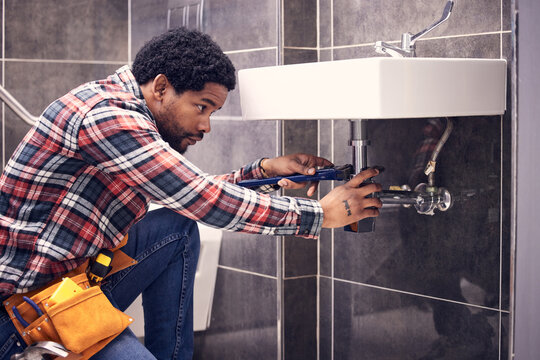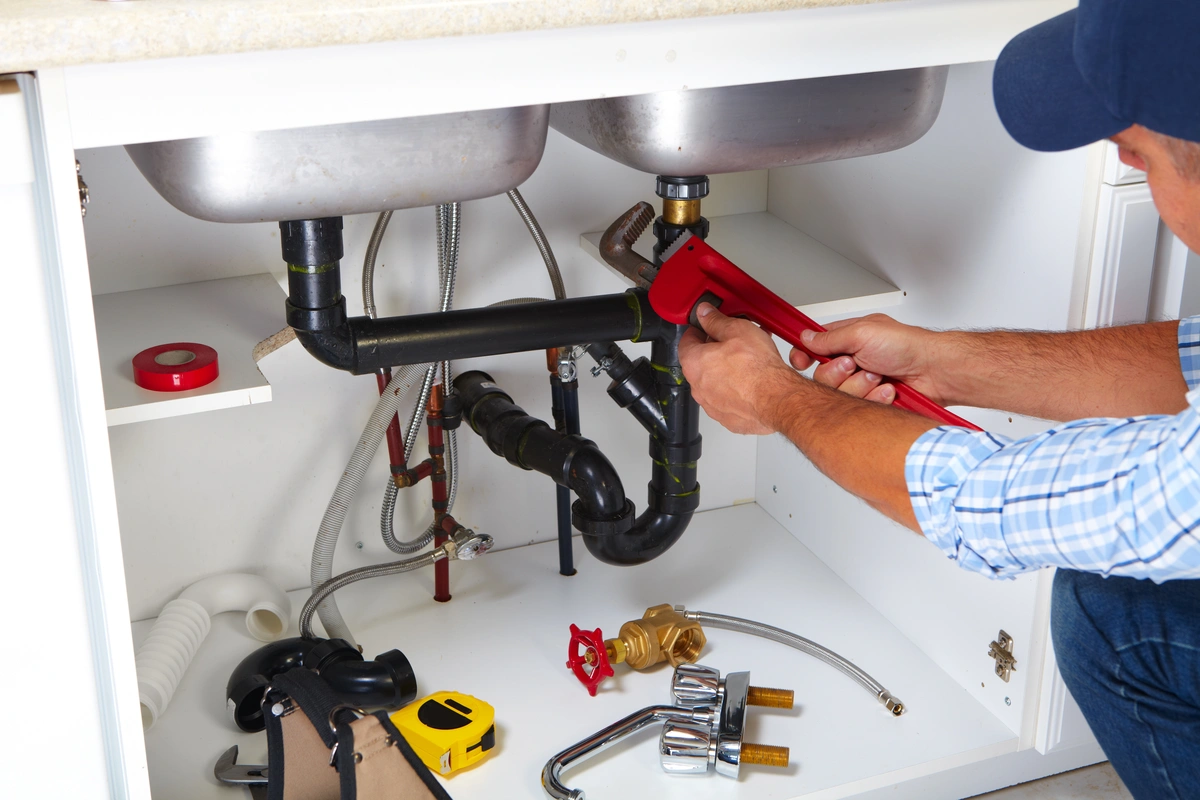Quality Water Heater Installation Alabaster AL for Optimal Comfort
Quality Water Heater Installation Alabaster AL for Optimal Comfort
Blog Article
A Detailed Guide to Efficient Water Heater Installment for Ideal Performance
Beginning on the job of installing a water heating unit is an endeavor that requires precision and a methodical strategy for achieving ideal efficiency. As you proceed, the details of linking water supply lines and establishing up dependable electric or gas connections wait for, encouraging insights into making sure performance and integrity.
Choosing the Right Water Heating Unit

Next, think about the size and ability of the hot water heater. It's vital to evaluate your household's warm water needs, which can vary based upon the number of residents and their usage patterns. A system that's too small may cause inadequate hot water, while an oversized model could lead to unneeded power usage.
Effectiveness ratings likewise play a critical role in option. Try to find water heating units with high Energy Factor (EF) ratings, suggesting exceptional performance and decreased power usage. Tankless designs, though usually extra expensive ahead of time, deal substantial power savings gradually because of their on-demand heating capacities.
Preparing the Installment Location
Before setting up a new hot water heater, careful preparation of the installation location is crucial. This ensures a smooth installment procedure and helps protect against future difficulties (Plumbing Services Alabaster AL). Begin by selecting a proper area that follows neighborhood structure codes and security standards. The area should be completely dry, well-ventilated, and obtainable for maintenance. It's critical to measure the area meticulously to accommodate the water heating system's dimensions, making certain ample clearance around the unit for effective operation and maintenance.
Following, eliminate any particles, dirt, or obstructions from the site to produce a clean setting. Inspect the floor for security, as the water heating unit will need a solid, degree surface to operate successfully. If essential, install a drip pan under the unit to capture potential leakages or spills, avoiding water damage to the surrounding area. In regions vulnerable to seismic task, think about installing seismic straps to safeguard the heater securely in location.
In addition, make sure that all essential devices and products are on hand prior to beginning the setup. This consists of things such as wrenches, screwdrivers, a degree, and any type of added equipment required for placing and safeguarding the heating unit. A well-prepared installment area sets the foundation for an effective water heater setup, optimizing efficiency and security.
Connecting Water Lines
When linking water lines to your newly mounted water heater, it is crucial to make certain that all links are secure and leak-free to keep reliable operation and prevent water damages. Begin by determining the chilly and warm water supply lines. The cold water inlet is normally noted with a blue tag or a "C", while the warm water electrical outlet is noted with a red tag or an "H".
Usage adaptable water heater ports to assist in a less complicated installation process. Before connecting the ports, position a plumber's tape around the threaded ends of the water heating system's inlet and electrical outlet pipelines.
When links remain in area, gradually transform on the major water supply valve. Examine each connection for leakages by aesthetically feeling and checking for dampness. Tighten up links as essential, and ensure the stress safety valve is properly installed, guarding versus extreme stress build-up.
Establishing Electrical or Gas Links
Properly establishing up the electrical or gas links for your water heater is a crucial action to ensure secure and view efficient operation. For electrical water heating units, begin by confirming that the electric circuit is compatible with the heating unit's voltage and amperage requirements.
For gas water heating systems, safety and security is extremely important. Link the gas line to the water heating unit making use of a versatile gas adapter, guaranteeing it is effectively threaded and sealed with pipe joint substance or Teflon tape suitable for gas connections.
As soon as links are made, check for any type of possible leakages. For gas lines, apply a soapy water option to the joints; bubbles show a leakage. For electrical links, confirm that all circuitry is safe and appropriately insulated, keeping conformity with local electric codes.
Examining and Readjusting for Efficiency
With the electric and gas links safely in location, the next action is reviewing the operational efficiency of your water heating system. Begin by meticulously transforming on the water supply and making sure there are no leaks at any of the joints or valves.
Following, execute an extensive evaluation to guarantee the burner or gas heaters are working correctly. For electrical heaters, utilize a multimeter to confirm if the elements are drawing the appropriate current. In gas versions, observe the heater flame; it needs to be constant and blue, indicating reliable burning.
Readjust the setups as needed to remove inefficiencies. Consider applying insulation procedures, such as including a water heating system blanket, to even more enhance efficiency by minimizing warmth loss. In addition, check the anode rod's problem, as a shabby pole can decrease efficiency and bring about storage tank corrosion.
Conclusion
Effective water heating unit installment is crucial for making certain ideal performance More Info and energy cost savings. Securely linking water supply lines and thoroughly setting up electrical or gas connections reduce potential issues.

Appropriately setting up the electrical or gas links for your water heater is a vital step to make sure efficient and safe procedure. For electrical water heaters, begin by confirming that the electric circuit is compatible with the heating unit's voltage and amperage demands. Link the gas line to the water heating unit utilizing a flexible gas port, guaranteeing it is appropriately threaded and sealed with pipe joint substance or Teflon tape ideal for gas connections.
Report this page